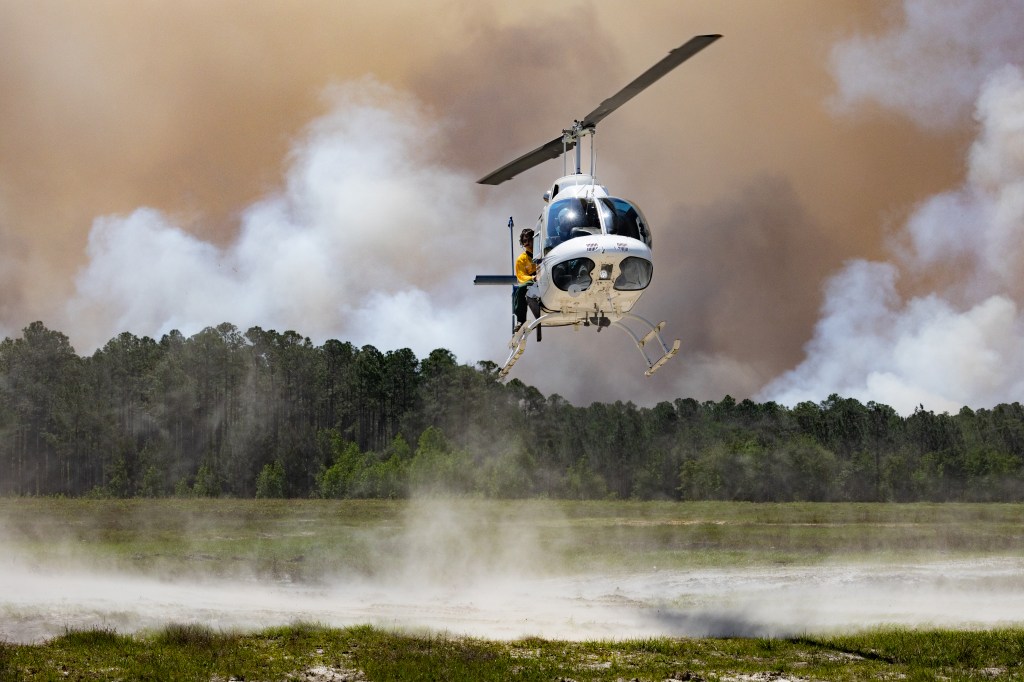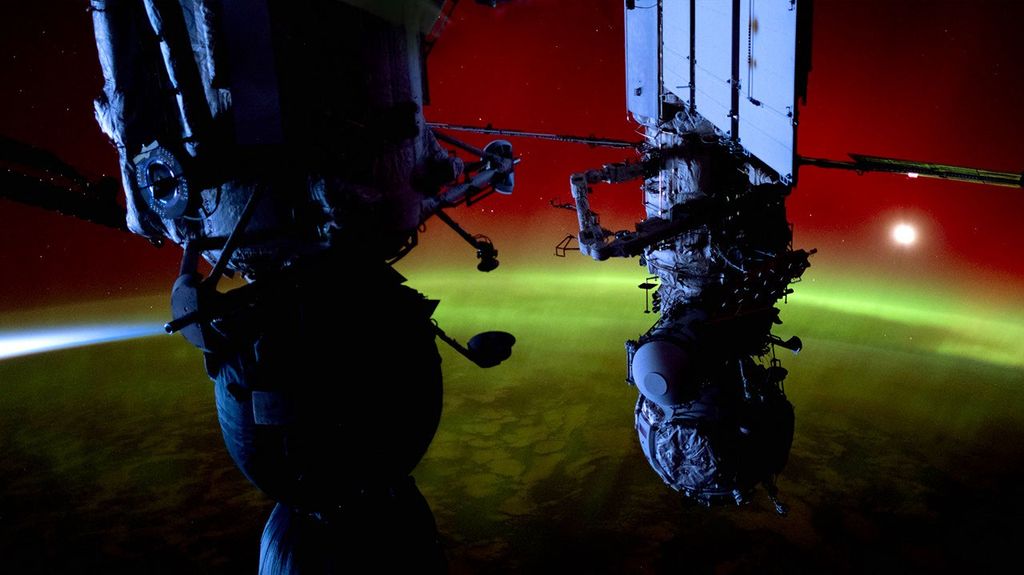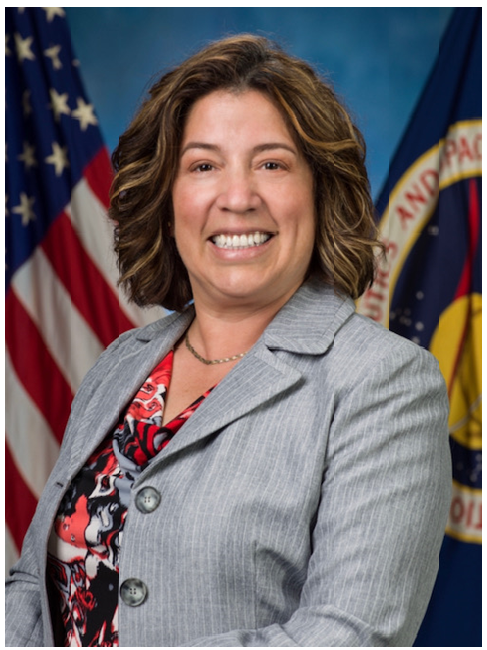Can you describe your role and the work you do at NASA?
I am the Associate Chair for the Gateway Integrated Safety Review Panel (GISRP). I Chair the SRP, leading and mediating discussions, and ultimately providing a decision, where panel members and subject matter experts of various disciplines assess Gateway hardware designs as presented by hardware providers, ensuring the design meets all safety and human rating requirements before I certify it safe to fly. The GISRP is responsible for safety of all modules, elements, programs, vehicles, crew, and hardware within the Gateway’s near-rectilinear halo orbit (NRHO) sphere.
How long have you been working at NASA?
I worked as a contractor and in this discipline for 25 years. I’ve worked as a Civil Servant and in my current role for 6 months.
How has your disability been part of your career journey?
As a profoundly hard of hearing person, I mostly rely on hearing aids and lipreading. But I often request the assistance of colleagues and executive assistants to help fill in areas where I can’t hear conversations due to size of room, or number of participants. Recently, I use closed captioning feature provided in Teams and Webex.
How does NASA accommodate your disability?
Managers and coworkers are very understanding and patient, and always ensure I have been able to capture the complete message being delivered. Recently, my managers and coworkers proactively turn on closed captioning and/or transcriptions to ensure it’s readily available for me.
Can you tell us about your journey to NASA?
I have been profoundly hard of hearing since I was very young (depending on the frequency, I hear from 20 to 30% of sound). Unbeknownst to me, I started lipreading from a very young age. My first language is Spanish, and while growing up as a deaf child in El Salvador was challenging, the biggest challenge was learning English when I migrated to the United States at 17 years old. With the help of better hearing aid technology and speech therapy, I learned to enunciate new sounds inherent to a new language. I was also lucky to run into a math teacher who insisted that I pursue a math-related career because, as she explained, regardless of language, and regardless of my deafness, math is a universal language. It is thanks to her that I pursued my degree in mechanical engineering.
In college I was not able to hear lectures, but I relied on classmates to share their class notes and I visited professors after every class every day. While I held part time jobs throughout college, NASA was my first professional job upon graduation. Hearing aid technology has come a long way. Hearing aids are now digital (as supposed to analog, where all sounds are amplified), and are customized to my unique deafness profile. Working at NASA has been my dream since I was very young, and I am extremely grateful that everyone around is so patient, understanding, and always inclusive. I am honored to be part of the journey, mission, and legacy of NASA.
What is your favorite part of working at NASA?
NASA has been my passion since I was young. I am honored to be a part of the journey, mission, and legacy.
How do you compare your work experience at NASA vs. before joining the agency?
I have only been a Civil Servant for 6 months, but the NASA culture of diversity and inclusion permeates to contractors alike. I was lucky that my experience as Contractor was equally rewarding.
Are you involved in any Employee Resource Groups (ERGs) at NASA?
Yes, No Boundaries (NoBo) ERG at NASA’s Johnson Space Center.
What advice would you give to a potential candidate with a disability when looking for a job at NASA?
Never stop trying.






















